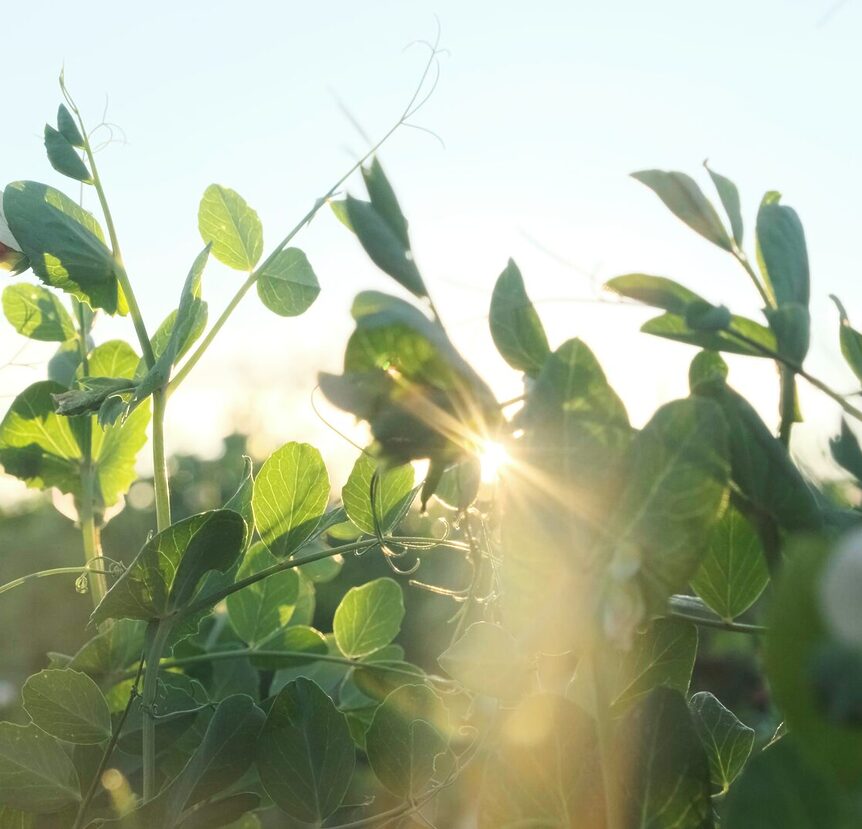In this series, we’re outlining the 6 essential practices for market gardeners and small-scale growers to regenerate their soils and grow exceptional produce. It all hinges on thriving soil microbiology. We’ve discussed the first two steps: creating the right physical environment, and adding biology that has been lost. Today we’ll discuss how to keep that biology fed.
Feed biology every day
There is a cardinal rule when it comes to soil biology: you must feed it every day.
A general principle is that the smaller the animal, the more frequently it needs to be fed. Babies need to be fed every 2 hours, while adults will be fine for 8 hours without food. Now extrapolate this down to the size of a microbe. There cannot be any delay in food supply for your soil microbes, or they will starve.
There are 2 ways that market gardeners can provide a continuous food source for their biology: mulch and cover crops.
Mulch provides food for biology as it decomposes. But I much prefer living plants as a food source for biology. Green, photosynthesizing plants continuously send sugars out through their roots to feed soil biology. Cover crops do things that mulch does not. For example, cover crops can produce soil aggregation much faster than mulch does. With exceptional soil aggregation, you can stick your hand right into the soil as deep as the topsoil layer goes.
Exceptional Cover Crops
Here is a list of cover crops that I believe are the most exceptional in stimulating soil aggregation and developing disease suppressive microbiomes:
- oats
- buckwheat
- tillage radish
- forage rape
- annual ryegrass
- mustard
Mustard is a biofumigant and can help solve nematode pressure, but there is no need to use it in healthy soils.
Oats and buckwheat are strongly associated with both mycorrhizae and phosphorus-solubilizing bacteria, so can rebuild soils that suffer from excessive phosphorus.
You’ll notice this list doesn’t include any legumes. This is for 3 reasons.
- Legumes don’t grow quickly enough to meet the fast turnaround time required by market gardens
- they don’t offer the same degree of disease suppression
- Legumes are nitrogen-fixers, and excessive soil nitrogen can oxidize carbon, and actually reduce soil organic matter and increase carbon.
You can use any method to terminate your cover crops: rolling, crimping, even tillage, as long as you get your soil covered again right away.
Now that your soil biology is established and fed, next week we’ll talk about what that biology can actually do for your crop: provide its nutritional requirements.
Don't miss John Kempf's next post about market gardening. Subscribe.
You'll get each post to your inbox (~1x/week).
You may unsubscribe at any time. We value your personal information. Here's our Privacy Policy.
"*" indicates required fields


